Бізнес ідея. Утилізація міської деревини
Автор: Megan Offner, New York Heartwoods
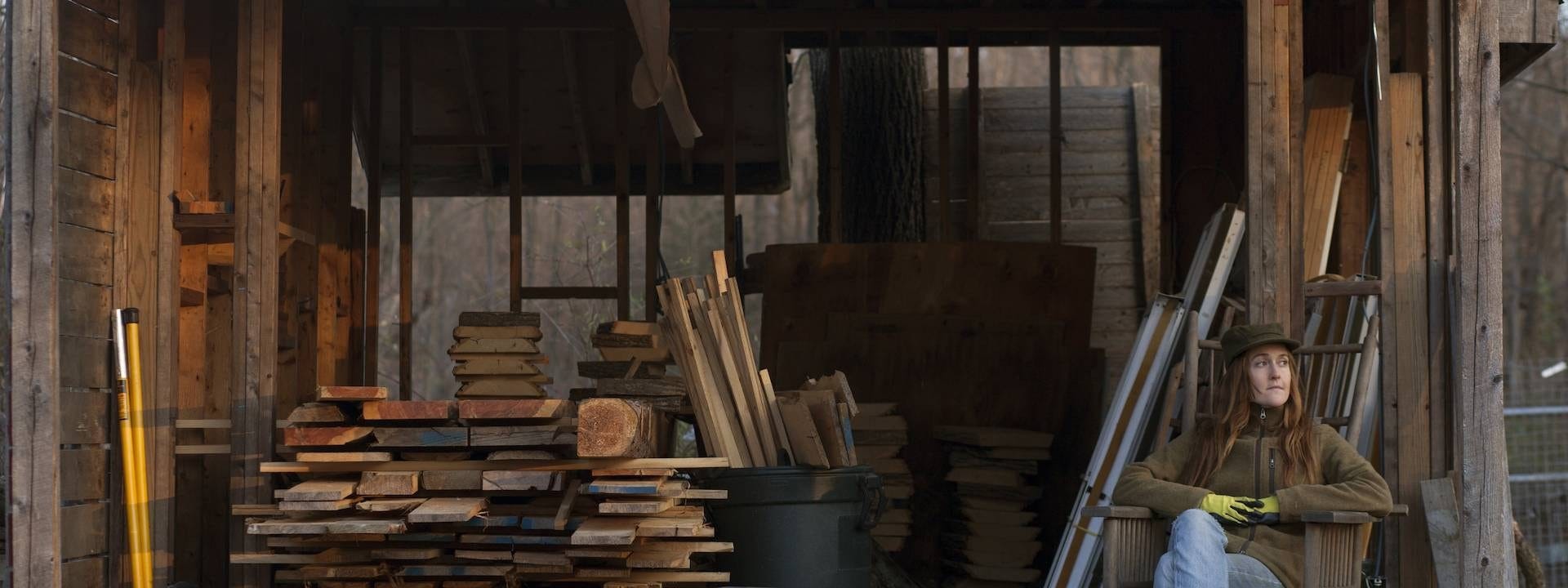
New York Heartwoods - це соціальне підприємство, яким володіють кілька жінок в Уоріке, Нью-Йорк. Підприємство було засноване у 2010 році з метою відновлення життєздатності місцевих лісів та максимізування цінності «непрямої» деревини. Одна з співзасновниць підприємства, Меган Оффнер, ділиться своїм баченням нових ринкових ніш, які з'являються завдяки економіці міської деревини, що розвивається.
Компанія New York Heartwoods (NYH) розпочала свою діяльність у 2010 році, опираючись на функціональність мобільної пилорами Wood-Mizer LT40 з гідравлікою. Наш план самостійно збирати міську деревину та керувати її переробкою був придуманий, коли ми зрозуміли, скільки дерев падає, помирає та вирубується у місті.
Сильні урагани, що повторюються, і кілька епідемій інвазивних комах призвели до безпрецедентних проблем наших лісів та жителів, а вивезення повалених чи гинучих дерев тяжким тягарем ліг на бюджети міст та землевласників. Звалища щосили намагаються переробляти зростаючу кількість деревних відходів, і водночас людям потрібні робочі місця, а спільноти повинні розвиватися так, щоб стати стійкішими.
Переробляючи міську деревину, ми вирішуємо одразу кілька важливих проблем:
• зниження витрат на утилізацію деревини,
• перенаправлення цінного матеріалу із загального потоку відходів,
• зниження викидів парникових газів;
• стимулювання попиту на місцеві вироби з деревини;
• розвиток нової захоплюючої економіки.
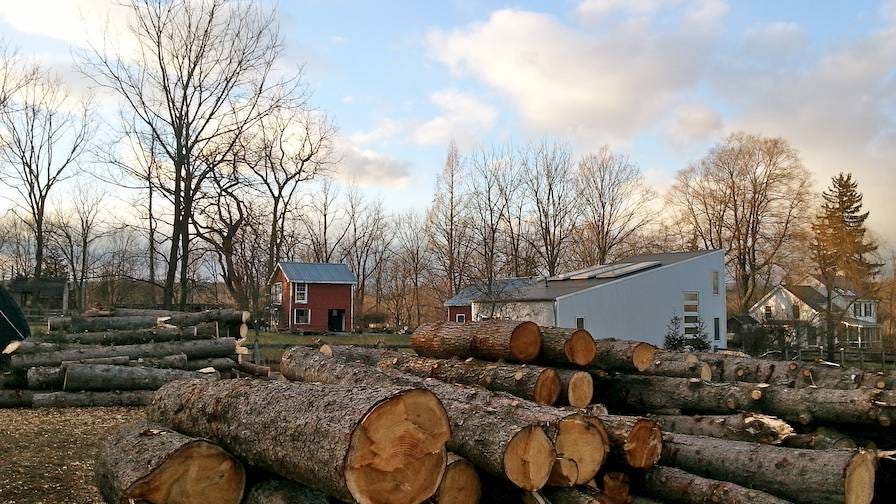

Відносини із громадськістю є ключем як до попиту, так і до пропозиції. Через щорічні урагани та комах-шкідників, у нас з'являються колоди у більшій кількості, ніж ми можемо переробити. Самостійна заготівля колод трудомістка і, відповідно, здебільшого непомірно дорога в наших масштабах. Співпрацюючи з сервісами з розпилювання колод, ми можемо скоротити витрати на транспортування колод до нуля або, саме більше, до вартості бензину та часу водія.
Крім пилорамників, які працюють і з колодами, і з клієнтами, які купують пиломатеріал, існують ще землевласники, установи, земельні трасти, міністерство транспорту, комунальні підприємства, муніципальні керуючі землею та місцеві чиновники. Ми виявили, що з останніми співпрацювати особливо важливо, тому що вони контролюють, що саме найманий пилорамник робить із міськими деревами.
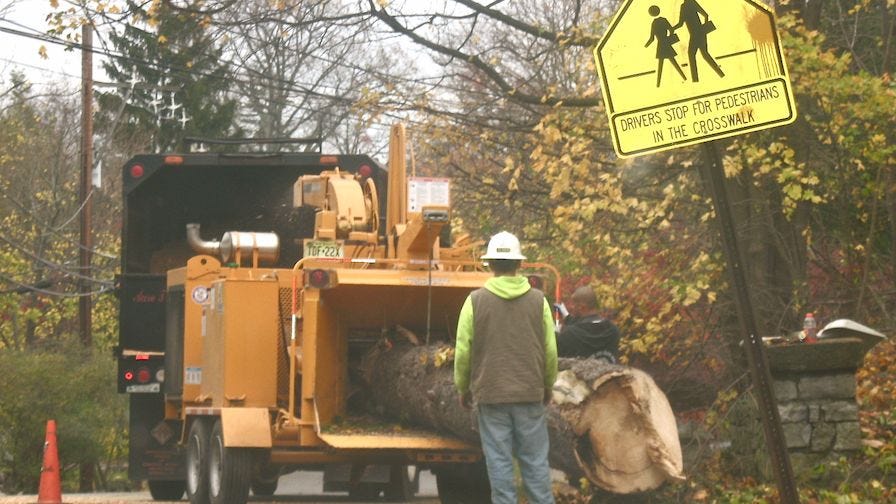

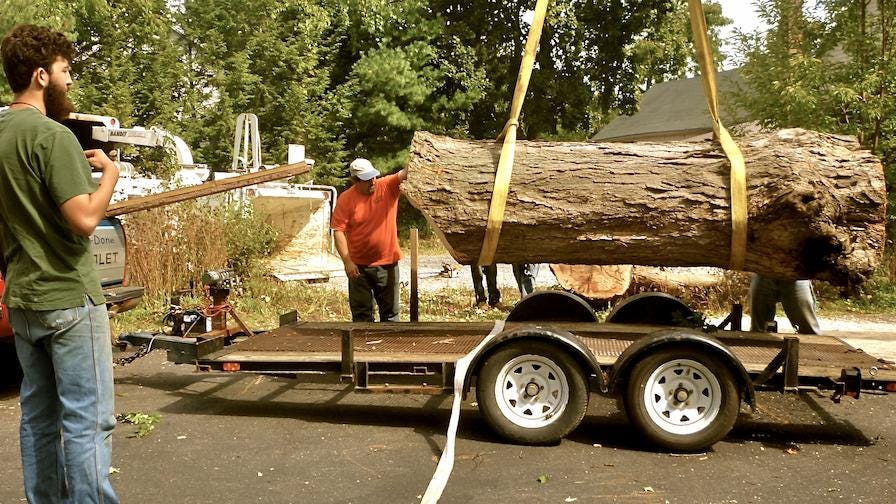

Оскільки більшість міст зіткнулися із зростаючими витратами на загальноміські послуги, зниженням доходів, зростанням витрат на поховання відходів та зменшенням площ на звалищах, перенаправлення колод з потоку сміття створює рішення для управління відходами та знижує витрати на розчищення завалів після буревію.
З повалених міських дерев можна робити деревину для паркових лавок, столів для пікніка, огорожі, підлоги та шафи для міських будівель. Можливість вирішити місцеві проблеми за допомогою пиломатеріалів із міської деревини може призвести до муніципальних контрактів, які будуть підтримувати як пропозицію деревини, так і попит продукції.




Працюючи з міською деревиною, мобільні стрічковопилкові верстати мають величезну перевагу перед великими дисковими пилорамами. Здатність мобільних верстатів виїжджати на об'єкти може усунути логістичні проблеми та витрати на транспортування або утилізацію колод.
Наприклад, після урагану «Сенді» сміттєзвалища були завантажені на повну потужність, тому в багатьох містах штату Нью-Йорк було виділено стоянки для зберігання колод. Місцевих пилорамників запросили порізати колоди і забрати собі безкоштовно те, що їм потрібне, але навіть при цьому на розчищення завалів пішли місяці. Для міських дерев велика ймовірність металевих предметів, які можуть пошкодити пилку, а це занадто дорогий ризик для комерційних циркулярних пилорам. Метал може затупити або навіть зламати пилку, але, оскільки вузькі стрічкові пилки недорогі та їх легко заточувати, цей ризик можна окупити з допомогою належного маркетингу, наприклад, за рахунок історії дерева та характеру деревини.
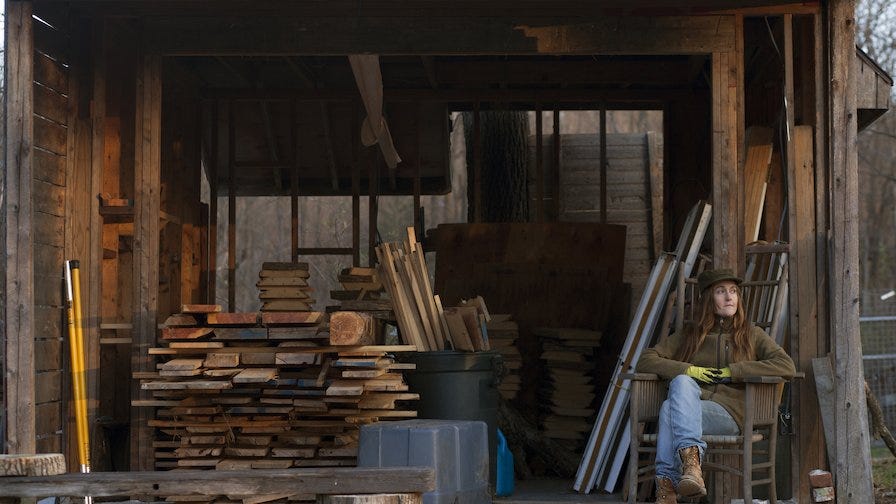

Міські дерева зазвичай мають низькі гілки та містять метал або інші сторонні предмети, створюючи ефектні візерунки, кольори та текстури. Ці унікальні характеристики, поряд з історією дерева, цікавлять ремісників, виробників, дизайнерів інтер'єрів та архітекторів для створення меблів, підлогових покриттів та інших виробів на замовлення.
Документування історії дерева та надання фотографій його перетворення на готову продукцію підвищує цінність, роблячи цей матеріал найбільш значущим для покупця. Кожна галузь використовує деревину тією чи іншою мірою, що призводить до безлічі ринкових нішевих можливостей.


У міру зростання населення збільшується і кількість міських земель. За даними Journal of Forestry, до 2050 року в США прогнозується збільшення площі урбанізованих територій з 3,1% у 2000 році до 8,1%, що загалом становить 392 400 км, а це більше, ніж штат Монтана. Водночас зросте виробництво та продаж міської деревини, і станеться тісніша інтеграція у державні системи управління.
Додаткова інформація: www.newyorkheartwoods.com.

